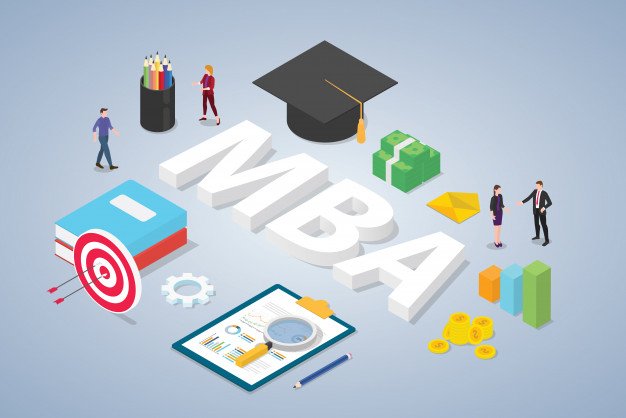An astounding 90-95% of day traders lose money and fail in the stock market. That’s a pretty scary statistic for someone wanting to get involved in day trading. Learning what the best stocks to buy now is going to save your bank account as well as lower your stress levels.
Buying into stocks is both nerve-wracking and exciting at the same time, and can either make you jump with joy or crumble into misery. Making the right moves is going to better your chances of being in the top 5% of successful traders.
The biggest problem is, with over 1.46 billion shares a day, you could go cross-eyed when trying to figure out where to start. How do you know which are the best stocks to buy now?
Have no fear, we have constructed a list of the best stocks to buy now, so you do not have to stress about that part. Read on to find them out.
Amazon (AMZN) :
The fact that Amazon has its hands in so many cookie jars, makes its future look unfathomably large. There is Amazon Prime, Cloud, Alexa, annual subscriptions and so on. In fact, more than 100 million people subscribe to Amazon with a $99 subscription fee every year.
Apple (AAPL) :
A lot of people seem to have a negative opinion about Apple products, say what you want but it seems like their stocks are going to continue to rise.
The iPhone just keeps getting better and better, plus their newer products such as the Apple Watch or the Apple tv are just too awesome to ignore.
ResMed Inc. (RMD) :
ResMed creates medical equipment and cloud-based medical software for medical professionals to treat sleep apnea and chronic obstructive pulmonary disease (COPD). So far they have treated 2 million patients daily and helped those patients reduce healthcare costs by minimizing the chronic disease effects.
With opportunities for growth located in India, China, Eastern Europe, and Latin America, it seems that they will be busy on the incline for at least the next decade.
Alphabet (GOOG) :
Arguably the first investor into artificial intelligence in comparison to its tech competitors. From helping Android users to now operating their own AI “Google Home,” it seems like they are going to be neverending in their development of new and exciting AI-based software.
Laureate Education (LAUR) :
Laureate Education is the biggest network in the for-profit high-quality educational institutions.
This stock has already climbed massively and analysts say that it is just getting started.
Owning over 200 programs and operating in over 29 countries and counting, this stock is destined to climb high. Invest now while the initial buy-in is still low.
More About The Best Stocks To Buy Now :
It can be overwhelming knowing where to start, especially when investing in your first stocks.
Deciding between NASDAQ and the top Japan ETFs can be difficult. Investing in any of the above-mentioned stocks will gear you towards success in your trading career.
Feel free to contact us at any time with any questions and share your comments below.
Read Also :






















